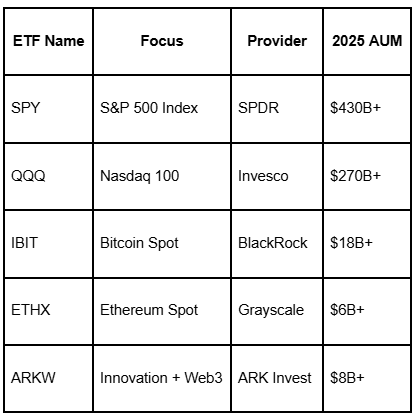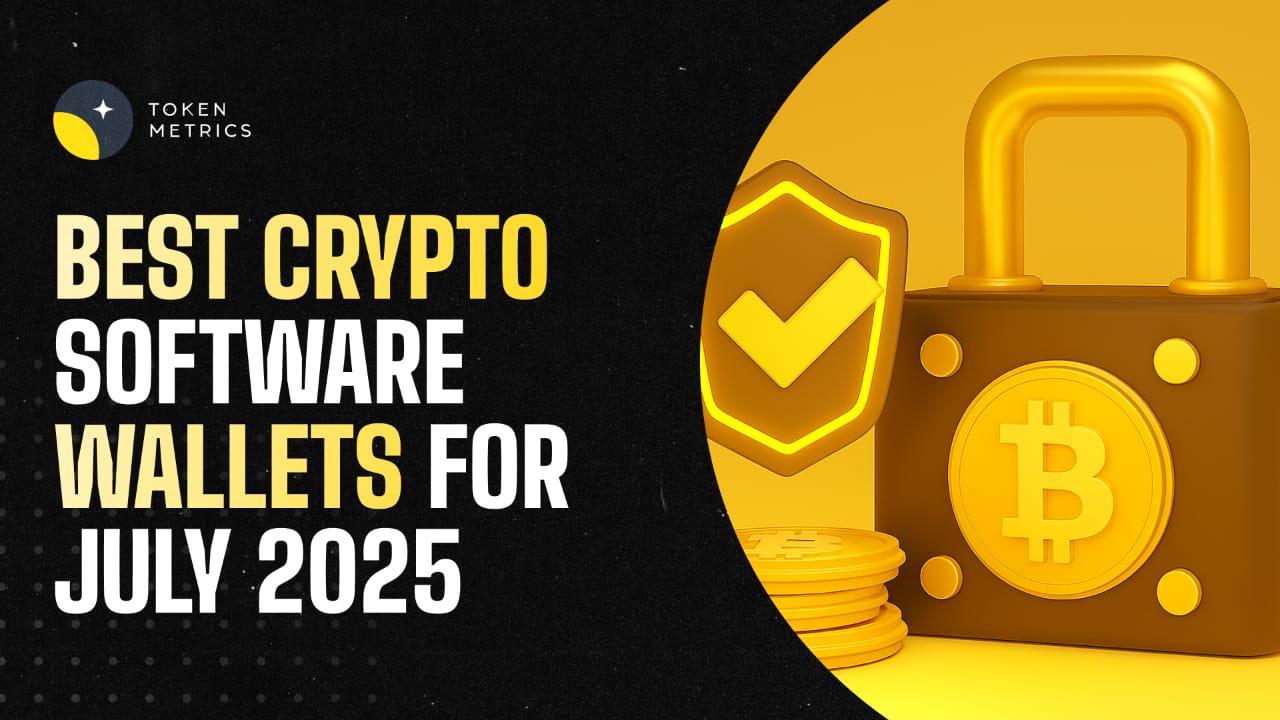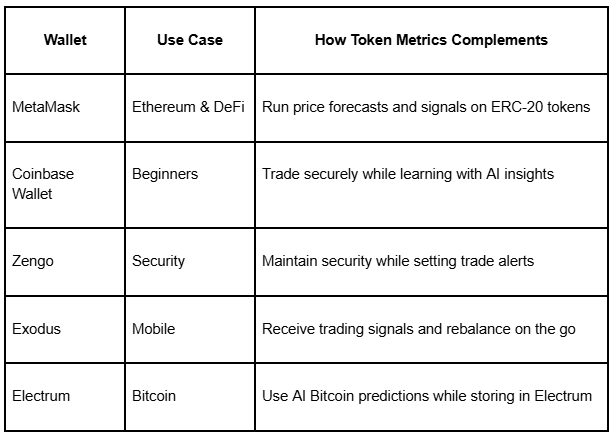
REST API Explained: Design, Use Cases & Best Practices

REST APIs are the backbone of modern web and mobile integrations. This guide breaks down core concepts, practical design patterns, and operational practices so engineers and product teams can evaluate, build, and maintain resilient RESTful services.
What is a REST API and why it matters
Representational State Transfer (REST) is an architectural style for distributed systems. A REST API exposes resources—typically represented as JSON or XML—over HTTP using standard verbs such as GET, POST, PUT, PATCH, and DELETE. The simplicity and ubiquity of REST make it a go-to choice for connecting microservices, mobile apps, and third-party integrations.
When assessing a REST API, focus on clarity of resource modeling, consistency of endpoints, and predictable use of HTTP semantics. Well-designed REST APIs reduce onboarding friction, simplify client code, and enable easier testing and monitoring across a heterogeneous environment.
Core principles and design patterns
Apply a few core principles to make a REST API robust and maintainable:
- Resource-first design: Model nouns (users, orders, transactions) as resources with clear URIs, e.g., /api/v1/users/{id}.
- Statelessness: Each request should contain all information needed to process it. This simplifies load balancing and scaling.
- HTTP semantics: Use status codes (200, 201, 204, 400, 401, 404, 429, 500) appropriately and document their meaning for each endpoint.
- Versioning: Prefer explicit versioning (/v1/) or content negotiation to avoid breaking clients when you evolve APIs.
- Pagination and filtering: For list endpoints, implement cursor-based pagination and consistent filtering/query parameters to keep payloads bounded.
Pattern-based approaches—such as HATEOAS (hypermedia links), idempotent write operations, and resource representations optimized for client needs—help balance flexibility with performance. Choose patterns that align with your ecosystem and developer experience goals.
Authentication, rate limiting, and error handling
Security and reliability are non-negotiable. Common authentication options include API keys, OAuth 2.0 bearer tokens, and mutual TLS for service-to-service communication. For public APIs, use scopes and granular permissions.
Rate limiting and throttling protect backend systems from spikes and can be implemented at API gateway or service mesh layers. Communicate limits via headers (e.g., X-RateLimit-Remaining) and return 429 responses with retry guidance.
Error handling should be consistent and machine-readable. A common pattern is a top-level error object with code, message, and optionally a trace or documentation URL. For example:
- Return 4xx for client errors with actionable messages.
- Return 5xx for server-side failures and include correlation IDs for debugging.
- Document idempotency behavior for POST/PUT when retries are possible.
Practical use cases and integration patterns
REST APIs are used across many scenarios. Typical patterns include:
- Backend-for-frontend (BFF): A thin API tailored to a specific client type (web, mobile) to aggregate multiple services.
- Service composition: Use REST endpoints to compose business flows across microservices with clear contracts and fallbacks.
- Event-driven hybrid: Combine REST for synchronous queries and webhooks or message queues for asynchronous events.
When integrating third-party REST APIs, perform a compatibility audit: authentication model, rate limits, data formats, error semantics, and SLA expectations. Automated contract tests (e.g., Pact) and API specifications (OpenAPI/Swagger) reduce integration risk and speed up CI/CD pipelines.
Testing, monitoring, and observability
Operational maturity for REST APIs comes from layered testing and observability:
- Contract and regression tests: Use OpenAPI to generate tests and validate responses against schemas.
- Load and chaos testing: Validate behavior under realistic and degraded conditions, including simulated rate-limit breaches and latency spikes.
- Tracing and metrics: Instrument endpoints with request latency, error rates, and throughput. Distributed tracing helps correlate calls across services.
Expose health checks (liveness, readiness) and use alerting thresholds anchored to business metrics (e.g., error budget, p95 latency). Observability data enables root-cause analysis and informs capacity planning.
Build Smarter Crypto Apps & AI Agents with Token Metrics
Token Metrics provides real-time prices, trading signals, and on-chain insights all from one powerful API. Grab a Free API Key
FAQ: What is REST and how does it differ from other styles?
REST is an architectural style emphasizing resources exposed over HTTP with stateless interactions and use of standard verbs. It differs from RPC (remote procedure call) in its resource orientation and from GraphQL in its single-endpoint query flexibility versus REST's multiple resource-oriented endpoints.
How should I version a REST API?
Common strategies include URI versioning (/v1/) and header-based versioning. URI versioning is explicit and simpler for clients; header-based supports smoother evolution. Choose a strategy early and document migration steps.
What are best practices for securing REST APIs?
Use TLS, enforce authentication/authorization, rotate credentials, implement least privilege, validate inputs to prevent injection, and rate-limit to mitigate abuse. For machine-to-machine traffic, consider mTLS or OAuth 2.0 client credentials flow.
How do I monitor and troubleshoot APIs in production?
Collect metrics (latency, error rates), logs, and traces. Correlate these with business KPIs and use correlation IDs to trace individual requests. Automated synthetic monitoring can detect endpoint regressions before users are impacted.
When should I choose REST vs GraphQL or gRPC?
Choose REST for simplicity, widespread tooling, and resource-centric models. GraphQL fits use cases where clients need flexible queries and reduced round-trips. gRPC excels at low-latency service-to-service calls with strict typing. Evaluate client needs, network constraints, and ecosystem tooling.
Can AI-driven tooling improve API development and research?
AI tools can accelerate schema design, generate client SDKs, detect anomalous traffic patterns, and prioritize technical debt. Platforms that combine market and on-chain data with API access can help teams prototype integrations and analyze usage patterns—explore platforms like Token Metrics for AI-driven insights relevant to crypto data APIs.
Disclaimer
This article is for educational purposes only. It explains technical concepts related to REST APIs and operational best practices. It does not provide investment advice, recommendations, or endorsements. Evaluate tools and architectural choices independently based on your requirements and constraints.

.svg)

Create Your Free Token Metrics Account

.png)




%201.svg)
%201.svg)


%201.svg)








.png)
















.svg)




.png)